Innovative cryopreservation technique revives adult corals, safeguarding their genetic material to seed future populations.
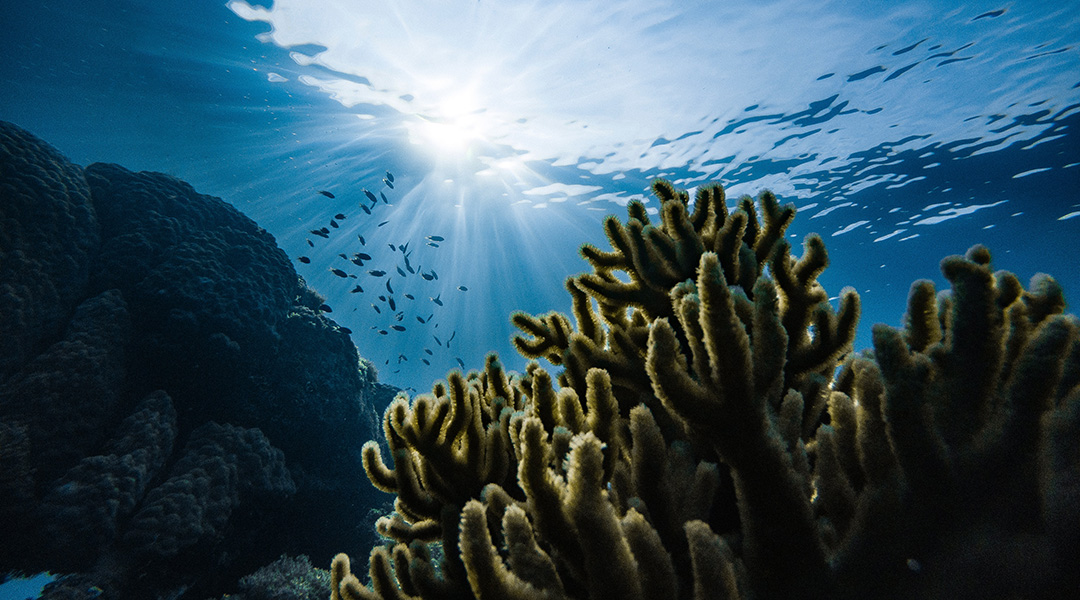


Innovative cryopreservation technique revives adult corals, safeguarding their genetic material to seed future populations.
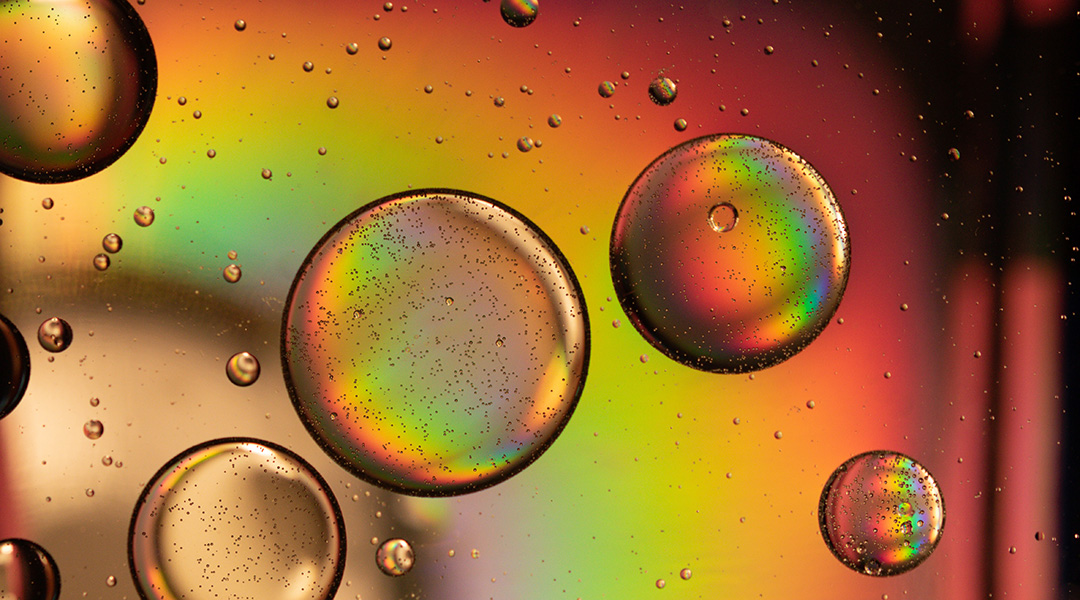
A genetically engineered strain of yeast is reducing the amount of carbon dioxide produced during the production of ethanol biofuels.
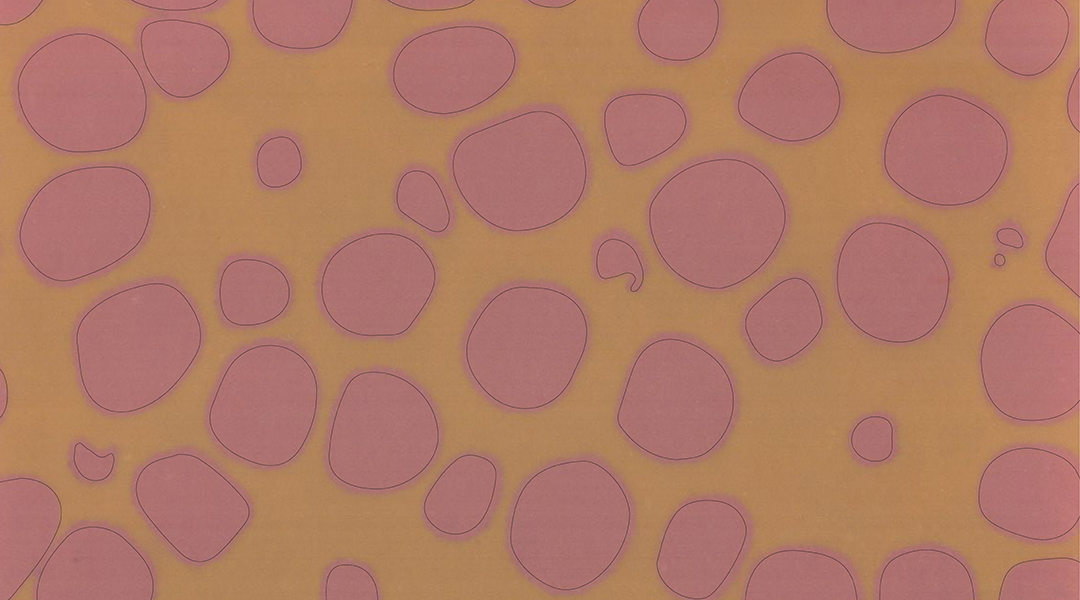
Scientists have designed a new paint formulation based on a natural pigment that changes color in response to sunlight.
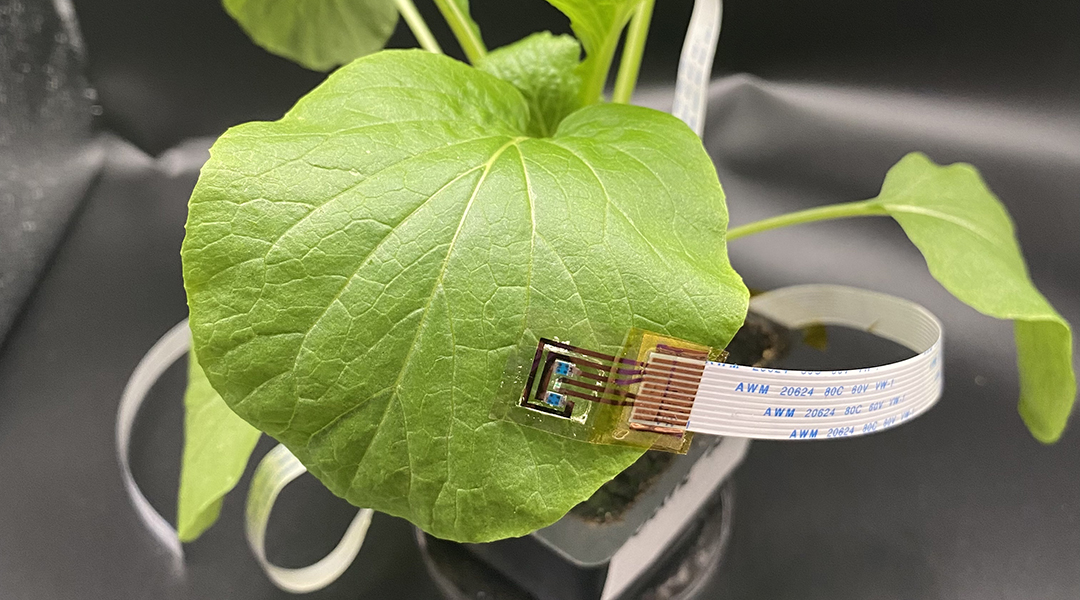
The sensor could improve crop yield by detecting changes in plant chlorophyll levels earlier and more precisely than existing methods.
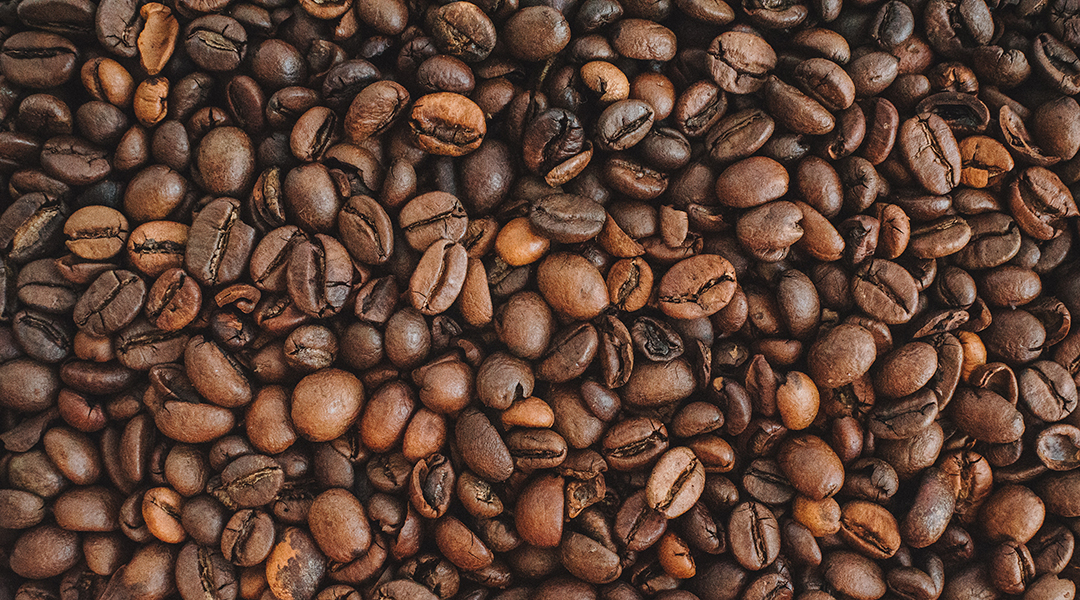
Scientists convert waste coffee husks into cellulose fibers and films with potential applications in textiles and biodegradable products.
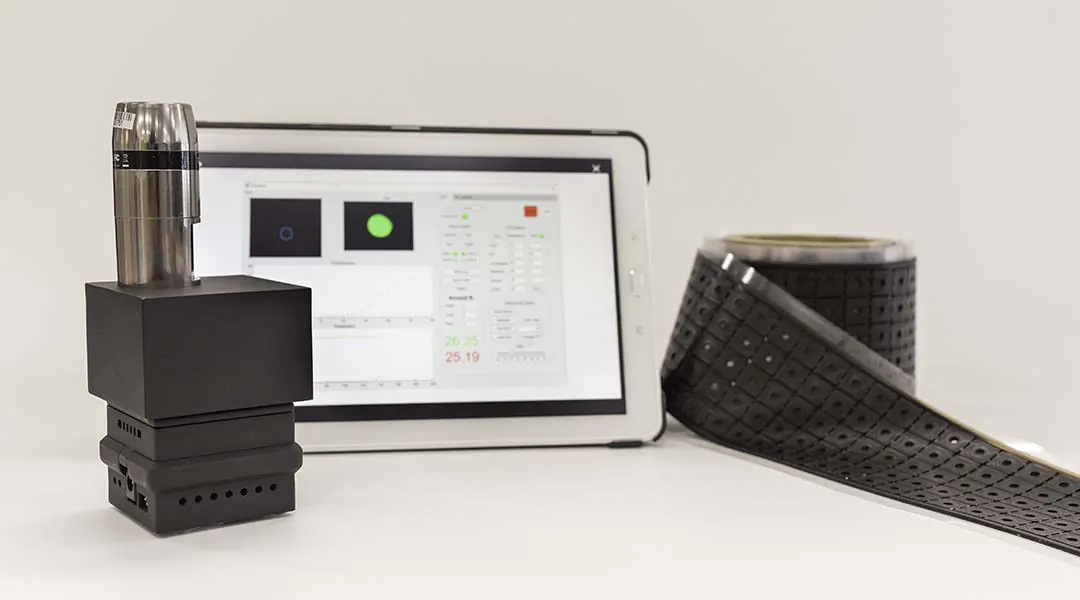
The hand-held device was designed for use by the general public, providing diagnoses in only 15 minutes without the need for appointments and long wait times for results.
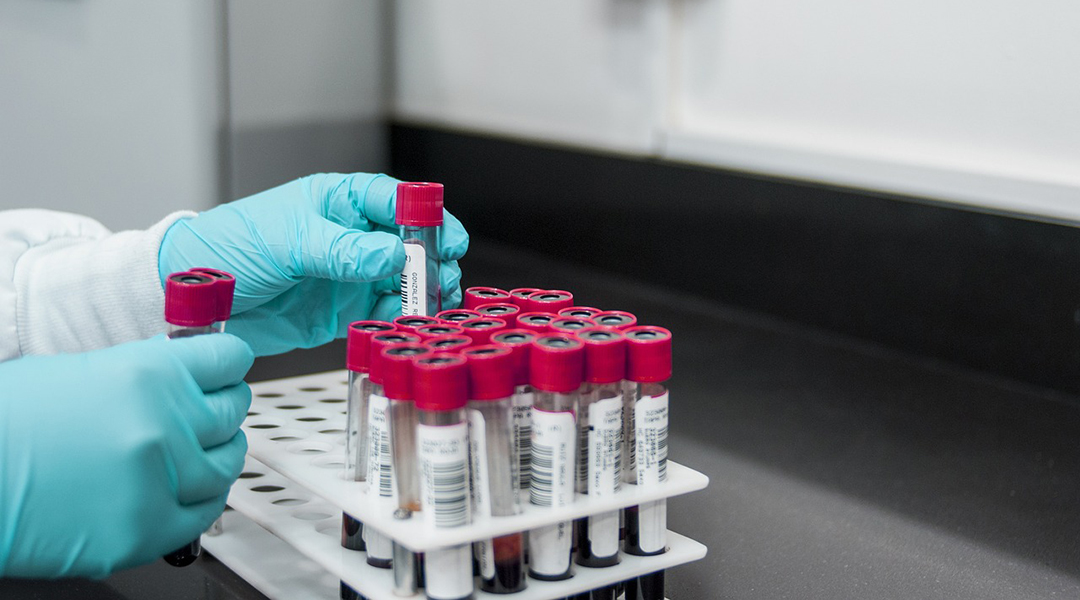
Scientists are hopeful that a new, more sensitive test for detecting ovarian cancer might provide better options, especially for patients with BRCA genes.
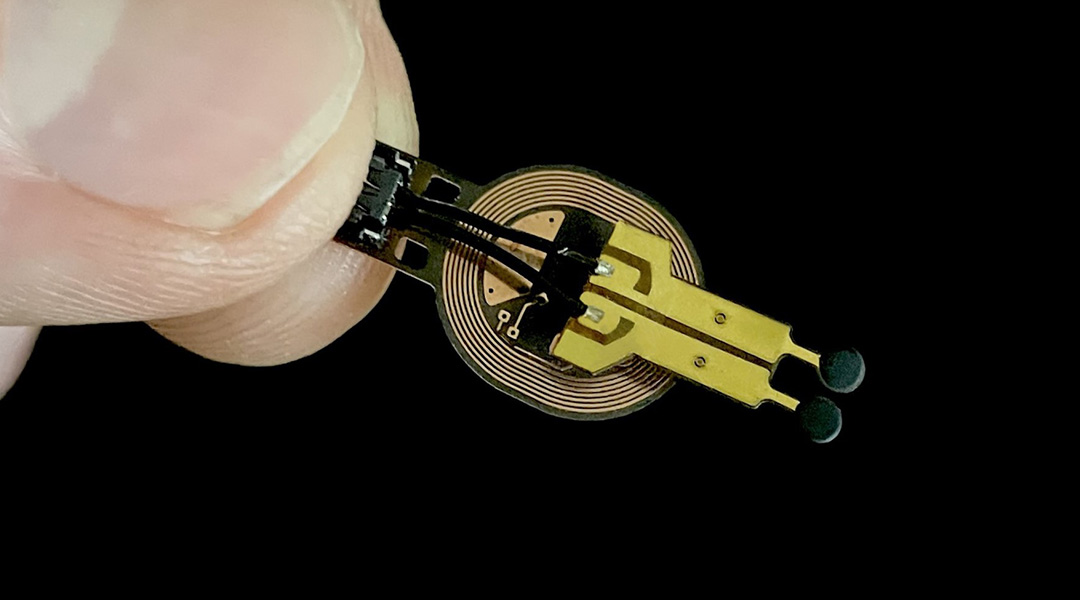
Scientists develop a sensor that predicts wound healing rate with more than 70% accuracy.

A new device can detect Salmonella on individual products in real-time and with minimal need for laboratory equipment or specialized operators.
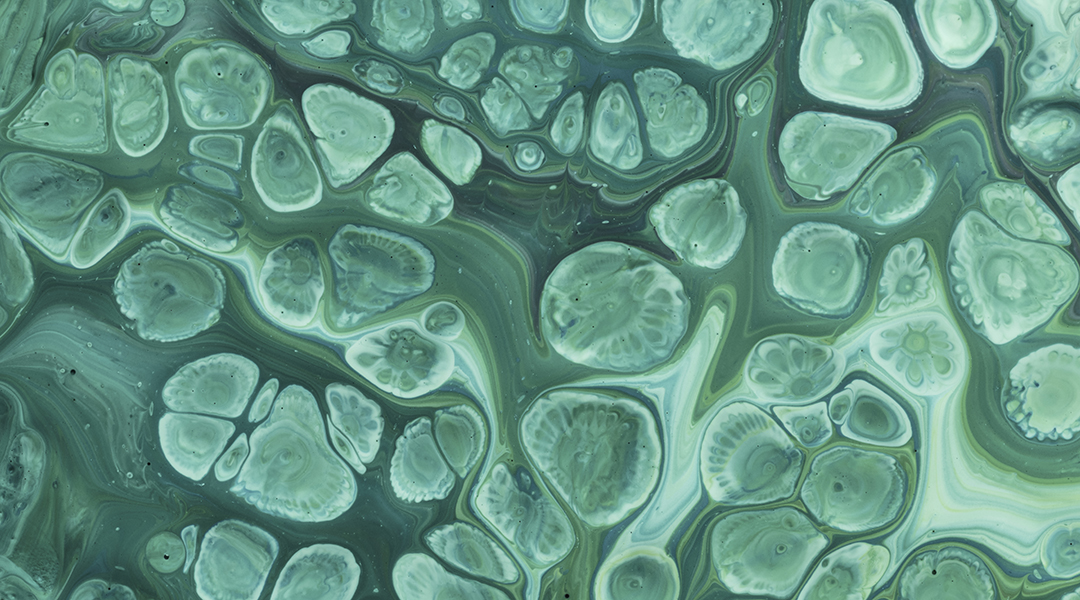
A textured film maximizes sunlight by generating an increased amount of red light, reducing the costs of algae production on a significant scale.